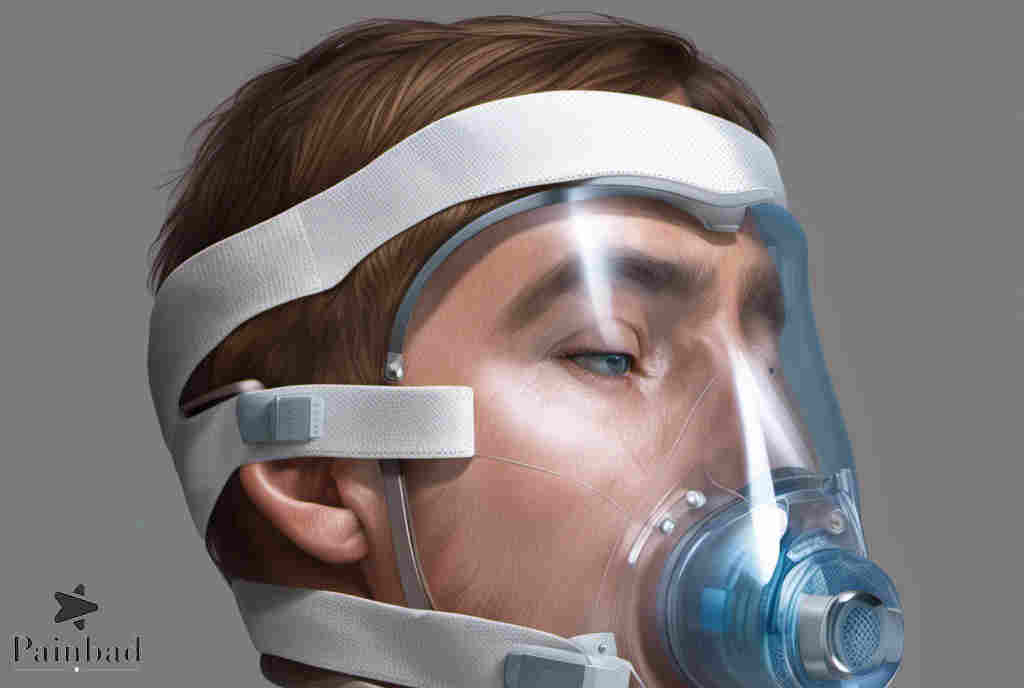Table of Contents
Sleep Apnea: A Brief Overview
Sleep apnea is a common sleep disorder characterized by interrupted breathing during sleep, leading to frequent awakenings and disrupted sleep patterns. It is primarily categorized into two main types: obstructive sleep apnea (OSA) and central sleep apnea (CSA). OSA, the more prevalent type, occurs when the muscles in the throat relax excessively, causing a temporary blockage of the airway. CSA, on the other hand, is caused by a failure of the brain to transmit proper signals to the muscles that control breathing. Both types can result in inadequate oxygen intake, leading to various health issues such as daytime fatigue, cognitive impairment, and cardiovascular problems (Kapur et al. 2017).
AI and CPAP Machines: A Potential Partnership
Continuous Positive Airway Pressure (CPAP) machines are a commonly used treatment for obstructive sleep apnea. These devices work by delivering a continuous stream of air through a mask to keep the airway open and prevent apnea events. AI’s potential involvement in CPAP machines lies in optimizing their effectiveness and usability. AI can play a significant role in personalized treatment by analyzing a patient’s sleep patterns, adjusting air pressure levels accordingly, and even predicting potential apnea events based on real-time data (Wellman et al. 2019). By incorporating AI-driven algorithms, CPAP machines could become more adaptive and efficient, enhancing patient comfort and compliance.
AI’s Contributions to Sleep Apnea Treatment
AI has promising applications in enhancing sleep apnea treatment beyond CPAP machines as well. One key aspect is the identification and diagnosis of sleep apnea cases. AI algorithms can analyze sleep data from wearable devices, home-based sleep studies, and even audio recordings of sleep sounds to detect patterns indicative of sleep apnea (Phan et al. 2020). This early detection could lead to timely interventions and prevent the progression of the disorder.
Furthermore, AI-powered devices could assist patients in maintaining a healthier lifestyle. For instance, AI can be integrated into wearable fitness trackers or smartphone apps to monitor factors such as physical activity, diet, and stress levels. By collecting and analyzing this data, AI systems could provide personalized recommendations to help manage risk factors associated with sleep apnea (de Chazal et al. 2020).
Conclusion
In conclusion, sleep apnea is a prevalent sleep disorder with potential health implications. AI technology holds promise in revolutionizing its diagnosis and treatment strategies. From optimizing CPAP machine settings to aiding in early detection through data analysis, AI’s role in managing sleep apnea is multi-faceted.
As research and technology continue to advance, the collaboration between AI and sleep medicine could lead to more effective, personalized, and patient-friendly approaches to tackling this challenging condition.
References
Kapur, Vishesh K., et al. “Clinical Practice Guideline for Diagnostic Testing for Adult Obstructive Sleep Apnea: An American Academy of Sleep Medicine Clinical Practice Guideline.” Journal of Clinical Sleep Medicine 13.3 (2017): 479-504.
Wellman, Andrew, et al. “A method for measuring and modeling the physiological traits causing obstructive sleep apnea.” Journal of Applied Physiology 126.2 (2019): 477-486.
Phan, Dinh Tuan, et al. “Artificial intelligence in the detection and prediction of obstructive sleep apnea: A systematic review.” IEEE Access 8 (2020): 9025-9037.
de Chazal, Philip, et al. “Sleep-Disordered Breathing Detection: State of the Art.” IEEE Transactions on Biomedical Engineering 67.12 (2020): 3357-3370.

